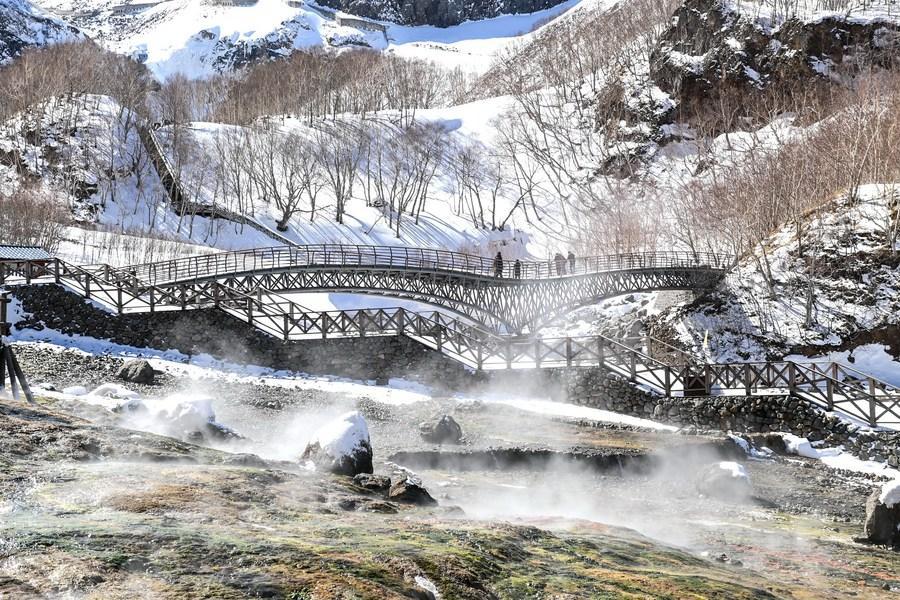
People visit snow-covered Changbai Mountain in northeast China's Jilin Province, March 7, 2021. (Xinhua/Yan Linyun)
Changbaishan Global Geopark is poised to present its priceless geological wonders to a global audience, following its listing in the Global Geoparks Network by the United Nations Educational, Scientific and Cultural Organization.
The park, along with five other Chinese geoparks, received the prestigious listing by UNESCO's executive board on Wednesday. Covering 2,723 square kilometers in southeastern Jilin, the geopark became the first one in the province to join the network.
Renowned for its quaternary volcanic landforms, the park boasts a wealth of geological remnants including giant compound volcanic cones, millennium-old eruptions and their deposits, debris canyons, and giant crater lakes such as Tianchi. With over 380 craters, it holds the distinction of being the region with the biggest number, greatest density and widest distribution of volcanic rocks in East Asia.
"Volcanoes are mysterious natural phenomena and a fascination for young students," said Pan Bo, a researcher from the Institute of Geology of the China Earthquake Administration.
"The park is well-positioned to leverage this opportunity to enhance research-based study and popular science education."
Serving as an important ecological barrier in Northeast China, Changbai Mountain Nature Reserve was established in 1960. In 2009, it was approved by the then ministry of land and resources as the fifth batch of national geoparks.
Zhang Rongjie, director of the park's science and education department, emphasized the unique qualities of Changbai Mountain.
"There are 1,586 species of wild animals and 2,639 species of wild plants, including 50 nationally protected wild animal species and 11 protected wild plant species," he said. "The significance and value of its ecosystem's protection is important worldwide," Zhang said.
In 2020, the park started applying for membership in UNESCO Global Geoparks. A team was set up to carry out field surveys of geological resources, construction of the database and preparation of the application materials.
"With a total investment of over 33 million yuan ($4.5 million), the committee made full efforts in key tasks of infrastructure construction, enhancement of management capabilities and preparation of planning materials," said Zhao Yueming, director of the park's external cooperation department.
They upgraded the Changbaishan Museum of Natural History, adding geological-themed elements, ore specimens and folk exhibits to highlight the unique geological and cultural characteristics.
"When parents take their children, they seek no longer simple leisure activities but also knowledge enrichment," Pan said.
The upgrade is a testament to the park's focus on educational tourism.
Moreover, the park launched promotional activities focused on geological science among local schools, drawing the participation of over 710 students and further solidifying its commitment to educational outreach.
Founded in 2004, the Global Geoparks Network is devoted to developing models of best practice and setting high-quality standards for territories that integrate the preservation of geological heritage with strategies for regionally sustainable economic development.
The other five Chinese geoparks announced on Wednesday are Enshi Grand Canyon-Tenglongdong Cave UNESCO Global Geopark in Hubei province, Linxia UNESCO Global Geopark in Gansu province, Longyan Geopark in Fujian province, Wugongshan Geopark in Jiangxi province and Xingyi Geopark in Guizhou province.
 Hangzhou Asiad legacy integrates into local people's daily lives
Hangzhou Asiad legacy integrates into local people's daily lives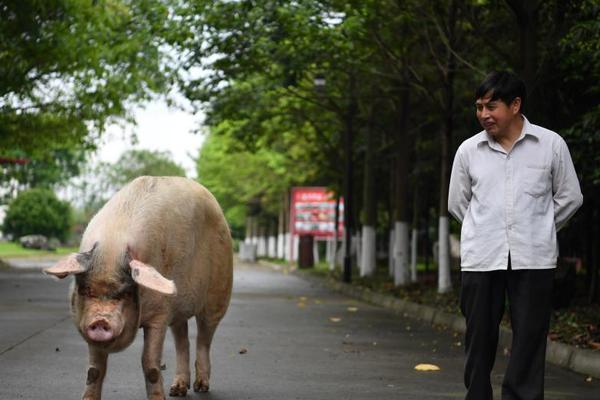 Belgium launches probe into suspected Russian interference in upcoming EU elections
Belgium launches probe into suspected Russian interference in upcoming EU elections Writers decline recognition from PEN America over Israel
Writers decline recognition from PEN America over Israel Christopher Luxon claims $52k accommodation payment to live in own apartment
Christopher Luxon claims $52k accommodation payment to live in own apartment ITTF World Cup Macao 2024 kicks off
ITTF World Cup Macao 2024 kicks offChina's outbound tourism sees robust recovery during 'golden week' holiday
 Thai Prime Minister Srettha Thavisin (4th L, front) welcomes Chinese tourists at Suvarnabhumi airpor ...[Detailed]
Thai Prime Minister Srettha Thavisin (4th L, front) welcomes Chinese tourists at Suvarnabhumi airpor ...[Detailed]Russian military trainers arrive in Niger as relations deteriorate with the US
 DAKAR, Senegal (AP) — Russian military trainers arrived this week in Niger to reinforce the country’ ...[Detailed]
DAKAR, Senegal (AP) — Russian military trainers arrived this week in Niger to reinforce the country’ ...[Detailed]Maine lawmakers approve shield law for providers of abortion and gender
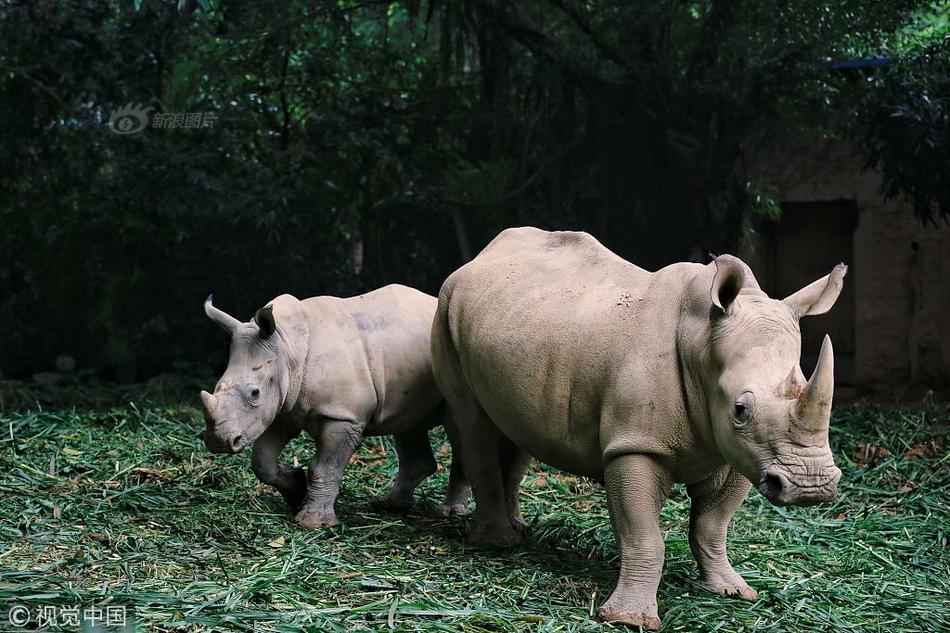 The Democratic-controlled Maine Legislature gave final approval Friday to a bill that would protect ...[Detailed]
The Democratic-controlled Maine Legislature gave final approval Friday to a bill that would protect ...[Detailed]Russian authorities announced mass evacuation for flood
 MOSCOW (AP) — Authorities in the Russian city of Orenburg, near the border with Kazakhstan, on Frida ...[Detailed]
MOSCOW (AP) — Authorities in the Russian city of Orenburg, near the border with Kazakhstan, on Frida ...[Detailed]LaMelo Ball again considering ankle braces after injuries limited him to 58 games over two seasons
 CHARLOTTE, N.C. (AP) — LaMelo Ball is once again contemplating wearing ankle braces if it means stay ...[Detailed]
CHARLOTTE, N.C. (AP) — LaMelo Ball is once again contemplating wearing ankle braces if it means stay ...[Detailed]Tennessee governor signs bill requiring local officers to aid US immigration authorities
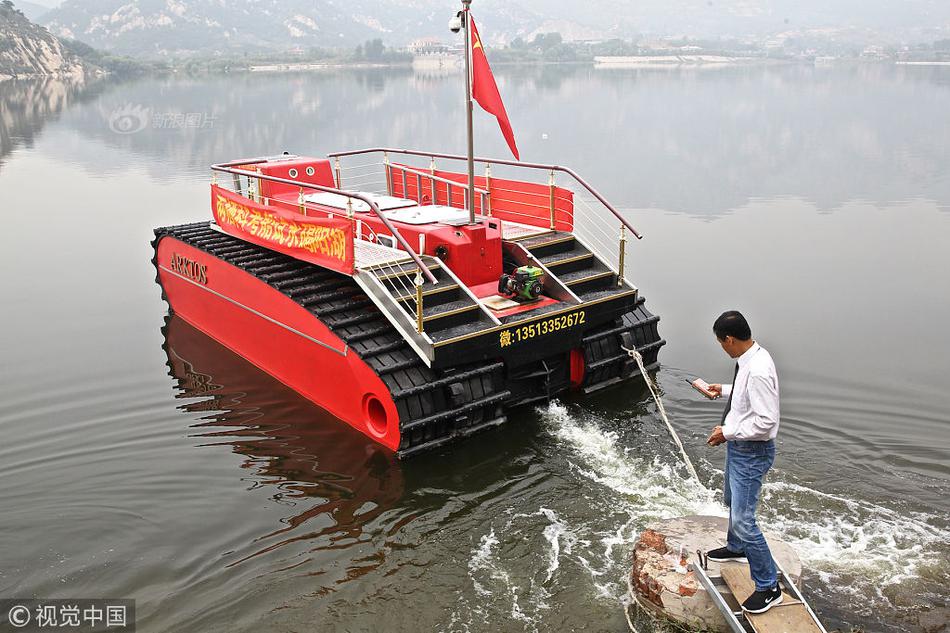 NASHVILLE, Tenn. (AP) — Tennessee Gov. Bill Lee has signed a bill that would require law enforcement ...[Detailed]
NASHVILLE, Tenn. (AP) — Tennessee Gov. Bill Lee has signed a bill that would require law enforcement ...[Detailed]The US and UK restrict the trade of Russian
 WASHINGTON (AP) — The U.S. and U.K. will begin restricting the trade of new Russian-origin metals — ...[Detailed]
WASHINGTON (AP) — The U.S. and U.K. will begin restricting the trade of new Russian-origin metals — ...[Detailed]Pope will travel to Indonesia, Papua New Guinea, East Timor and Singapore in longest trip of papacy
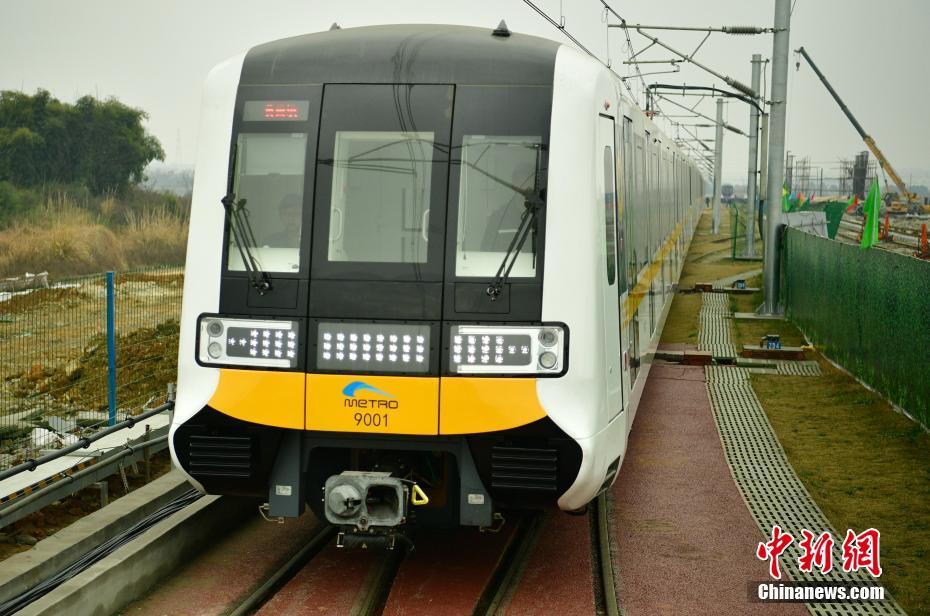 VATICAN CITY (AP) — Pope Francis will visit Indonesia, East Timor, Papua New Guinea and Singapore in ...[Detailed]
VATICAN CITY (AP) — Pope Francis will visit Indonesia, East Timor, Papua New Guinea and Singapore in ...[Detailed]Idaho can enforce ban on gender
 WASHINGTON (AP) — The Supreme Court is allowing Idaho to enforce its ban on gender-affirming care fo ...[Detailed]
WASHINGTON (AP) — The Supreme Court is allowing Idaho to enforce its ban on gender-affirming care fo ...[Detailed]Maryland program to help Port of Baltimore businesses retain employees begins
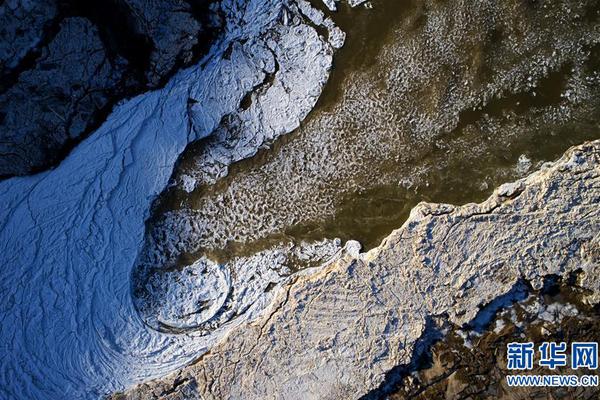 ANNAPOLIS, Md. (AP) — Maryland Gov. Wes Moore announced on Friday the start of a program to help Por ...[Detailed]
ANNAPOLIS, Md. (AP) — Maryland Gov. Wes Moore announced on Friday the start of a program to help Por ...[Detailed]Antiques from Napoleon's palaces exhibited in Beijing

Bangladesh fire: At least 43 dead in Dhaka building blaze
